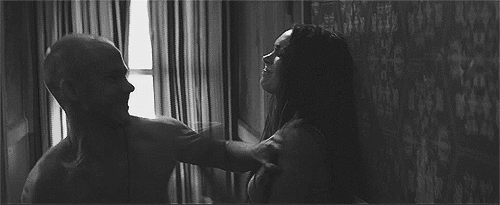
VIOLENCE
DOMESTIC
When we hear the term ‘domestic violence,’ it often conjures images of physical altercations and bruises. However, the reality is far more complex and insidious. Domestic violence is not just about the visible scars; it’s about the systematic undermining of a person’s autonomy, self-worth, and safety. This blog will peel back the layers to reveal the multifaceted nature of domestic violence, providing a comprehensive understanding that goes beyond the stereotypes.
Family violence is the action or omission that a member of a family group exercises against another and that produces non-accidental damage in the physical or mental aspect. It should be noted that violence is called something that is carried out with force and abruptness, or that is done against one's will and pleasure. It is a deliberate behavior that can cause physical or mental harm to another subject and that generally seeks to obtain or impose something by force. On the other hand, the family is the main form of organization of human beings. It is a social grouping based on ties of consanguinity (such as filiation between parents and children) or on the establishment of a socially recognized bond (such as marriage).
TYPES OF FAMILY VIOLENCE
Among the main types of abuse or violence that occur within a family, two large groups must be highlighted. Thus, in the first place there is the physical, which is what manifests itself through serious injuries, or through other minor ones, which do not require medical assistance, but which also cause great damage at all levels to the victim. Secondly, there is emotional family violence, which is that in which the victim does not suffer physically but on a sentimental level. In this case, the aforementioned manifests itself through rejection, ignorance, terror or isolation. This type of violence is also punishable by law, although it is a crime that is not usually reported. The thing is that the victim feels fear, shame and even guilt for denouncing a member of her own family.

THE ABUSER AND THE VICTIM
Among the main signs of identity that we can highlight that every abuser has are his inability to express any type of affection, low self-esteem, not knowing how to control his impulses and also having been a victim of abuse, by his environment, during his childhood. For their part, victims of family violence usually have in common characteristics such as being submissive, also having low self-esteem, being conformist with what they believe is what they have to live and also having problems showing their keen. As we mentioned above, family violence can also be exercised through the omission of obligations and responsibilities. For example, when a father abandons his child and does not provide her with the food and care she needs.

 IHRO NEWS
IHRO NEWS